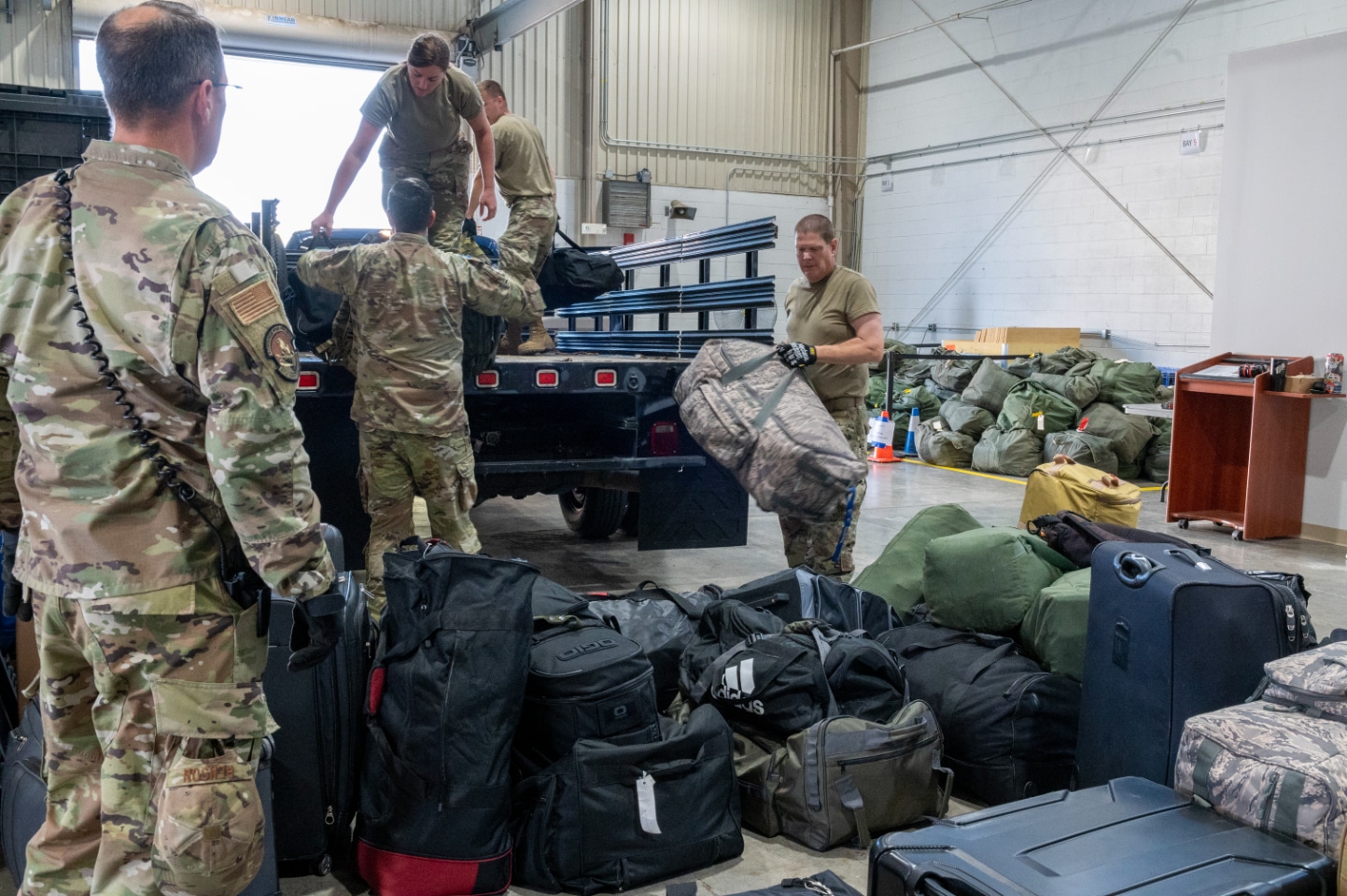The U.S. Air Force’s transition to a new deployment model, known as the Air Force Force Generation (AFFORGEN) system, has raised significant concerns about its impact on base operations, staffing, and readiness.
Introduced in 2022, AFFORGEN aims to create cohesive deployment units by sending whole wings or expeditionary airbases overseas, replacing the previous system of assembling smaller groups from multiple bases. The Air Force hopes this approach will improve unit cohesion and operational performance by ensuring personnel deploy with familiar teammates.
However, a recent Government Accountability Office (GAO) report found that the model remains a “concept ahead of Air Force processes,” with insufficient planning and communication creating logistical difficulties.
The report noted that some Air Force bases may not have enough personnel to maintain operations while significant portions of their staff are deployed. Critical roles, including gate security, air traffic control, medical support, cyber defense, and nuclear weapons handling, could face shortages. For example, at Joint Base Charleston in South Carolina, officials warned that deploying personnel last year would have forced the closure of three out of seven gates due to insufficient staffing, prompting a reduction in deployment requirements.
The GAO also found that the Air Force overestimated the number of deployable personnel at some bases and failed to account for their daily responsibilities at home. This oversight could jeopardize base security and other essential missions, such as IT system defense.
The GAO recommended that the Air Force conduct a service-wide assessment to determine the minimum staffing levels needed to keep bases operational during deployments. It also urged the service to identify gaps and risks associated with reduced in-garrison support. The Department of Defense has agreed to these recommendations and plans to complete the assessments by January 1, 2024.
Lt. Col. Phillip Ventura, an Air Force spokesman, stated that the service is already addressing many of the GAO’s recommendations. “We are testing concepts, listening to feedback from the field, and iterating in real-time,” Ventura said, emphasizing that AFFORGEN will be tailored to meet the specific needs of different units and commands.
Air Force personnel have criticized the rapid rollout of AFFORGEN, citing a lack of clear guidance and effective communication. Much of the implementation has been described as “policy by PowerPoint” and has left commanders unsure about how to balance deployment requirements with base operations. Some officials worry the model could strain readiness and exacerbate challenges caused by a tough recruiting environment and increasing demand for Air Force assets.
The GAO report comes at a time of broader scrutiny of Air Force initiatives under outgoing Secretary Frank Kendall.






